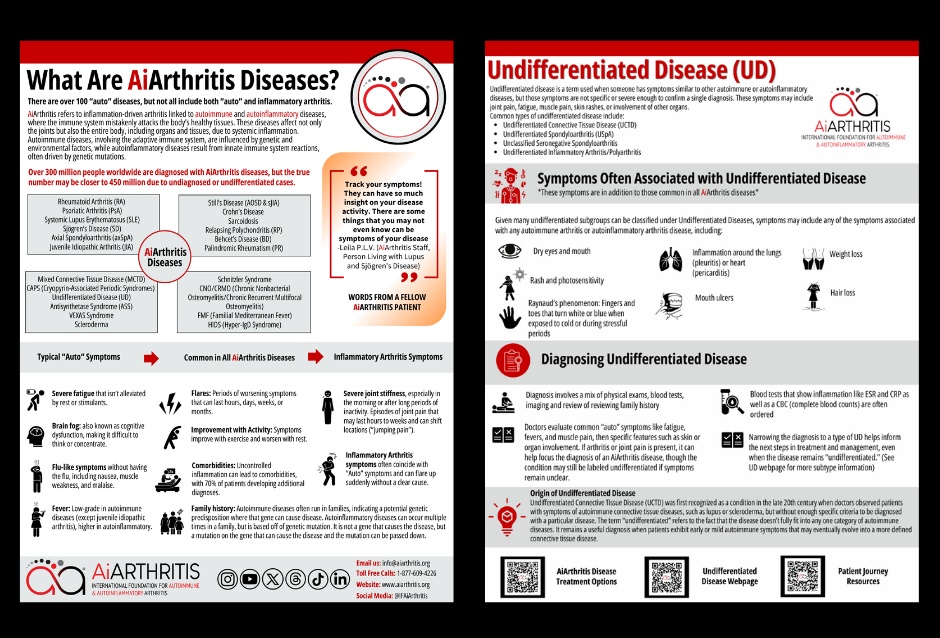May 3: World Axial Spondylitis Day
Understanding Axial Spondylitis
Axial spondylitis, also referred to as axial spondyloarthritis (AxSpA), is a lifelong rheumatic disease that causes pain, stiffness, and inflammation in the spine and pelvis. It is classified into two forms:
- Radiographic AxSpA (commonly known as ankylosing spondylitis): In this form, structural changes to the joints, visible via X-rays, are present.
- Non-Radiographic AxSpA: In this type, there are no visible changes on imaging tests, though symptoms are just as debilitating.
What sets AxSpA apart is the gradual fusion of the spine in severe cases, leading to significant mobility limitations and an altered posture. Beyond the physical challenges, living with axial spondylitis often impacts emotional well-being, social life, and day-to-day activities.
Symptoms and Impact on Lives
Key symptoms include:
- Lower back pain and stiffness in the hip joint
- Enthesitis: inflammation of tendon or ligament
- Uveitis: Inflammation inside the eye
- Dactylitis: Inflammation in fingers and toes
- Limited spinal flexibility
Axial spondylitis typically develops in young adults, often beginning in late teens or early twenties, and disproportionately affects men compared to women. Due to its subtle and progressive nature, it often goes undiagnosed for years, delaying treatment and exacerbating long-term complications.
Discover More Of Our Resources
The Importance of Early Diagnosis
One of the critical goals of World Axial Spondylitis Day is to promote early detection and diagnosis. A prompt diagnosis can make an enormous difference in managing the disease's progression and improving outcomes. Specialized imaging, such as MRI, along with inflammatory markers and clinical evaluation, can help confirm the presence of AxSpA.
The delay in diagnosis, which can average between 7 to 10 years, underscores the need for greater awareness—both among healthcare professionals and the public. Increased recognition of early signs can lead to earlier referrals to rheumatologists and appropriate interventions.
Treatment Options and Support
While there is currently no cure for axial spondylitis, various treatments can help manage symptoms and improve quality of life:
- Medications: Nonsteroidal anti-inflammatory drugs (NSAIDs), biologics (such as TNF inhibitors and IL-17 inhibitors), and pain relievers help reduce inflammation and manage pain.
- Physical therapy and exercise: Regular movement and tailored physiotherapy play a crucial role in maintaining flexibility and posture.
- Lifestyle changes: Healthy eating, stress management, and quitting smoking can help alleviate symptoms and prevent complications.
- Support groups: Connecting with others who understand the condition fosters a sense of community and emotional well-being.
Advocating for Change
World Axial Spondylitis Day also serves as a platform to advocate for better access to healthcare, advanced treatments, and patient-centered support systems. People living with axial spondylitis often face barriers with accessing specialist care, affordable treatment, and workplace accommodations. Advocates work tirelessly to reduce these challenges and improve outcomes globally.
Moreover, addressing misconceptions about axial spondylitis is vital. Many people misunderstand it as simply "back pain," when it is, in fact, a systemic disease that affects multiple aspects of life. Educational campaigns and storytelling by patients help shed light on the reality of AxSpA.
Learn more about Axial Spondyloarthritis
How to Get Involved
On May 3, there are numerous ways to participate in
World Axial Spondylitis Day and help spread awareness:
- Share educational materials on social media using hashtags like #WorldAxialSpondylitisDay and #AxSpA.
- The Spondylitis Association of America is hosting their 7th Annual Global Spondyloarthritis Summit on May 2nd and 23rd.
Learn more here
- Support advocacy efforts by signing petitions, donating to research, or volunteering with patient organizations.
- Talk to friends and family about axial spondylitis, helping dispel myths and encourage understanding.
A Call to Action
World Axial Spondylitis Day is more than a calendar date—it’s a powerful reminder to amplify the voices of patients, promote early diagnosis, and advocate for better care. This year, let’s stand together to make a difference for the millions worldwide who live with this challenging disease.
To learn more about World Axial Spondylitis Day,
visit the Spondylitis Association of America’s website.
Related Blog Posts
April 21, 2025
World Lupus Day reminds us of the importance of coming together to support those living with lupus and advocate for meaningful change.
April 21, 2025
Occupational therapy helps us better perform daily activities, maintain independence, and achieve a better overall quality of life
April 21, 2025
Stress has the ability to put me into a flare, and with autoimmune and autoinflammatory arthritis being progressive systemic diseases, that's a big deal to me as someone with lived experience.
Show More








